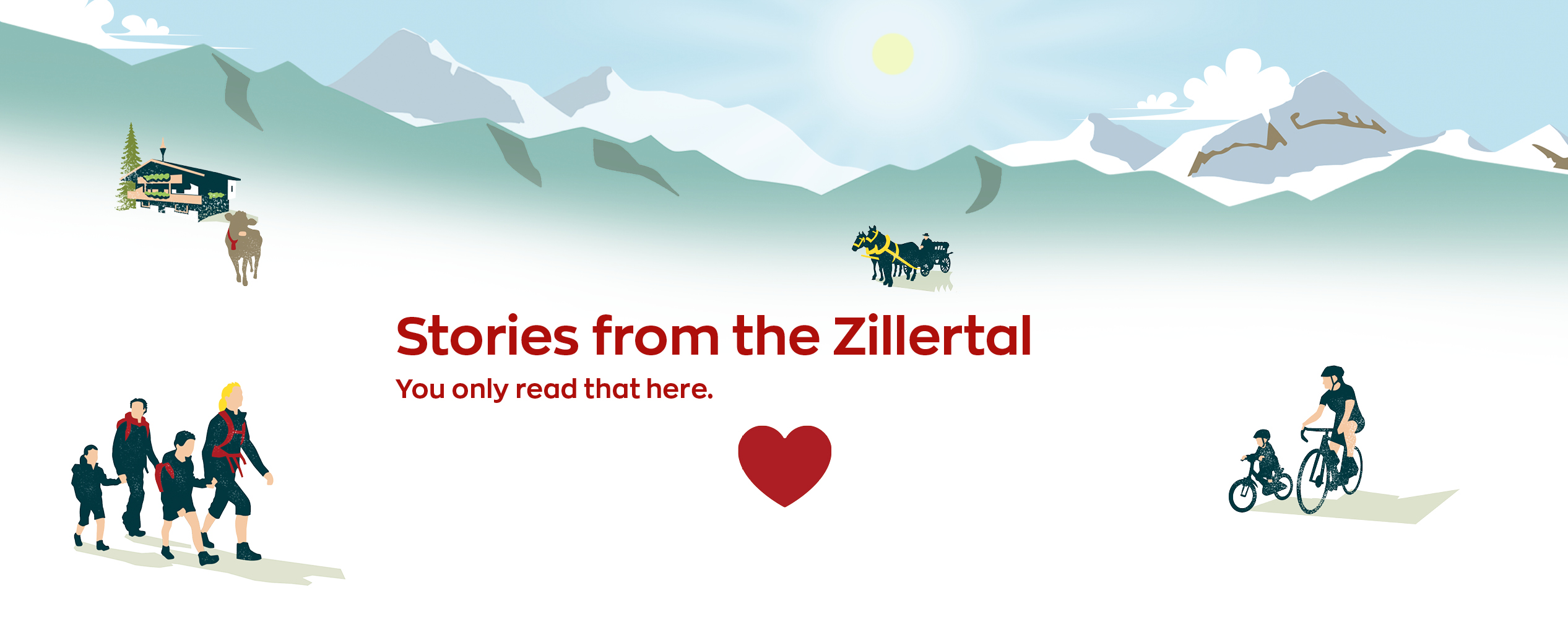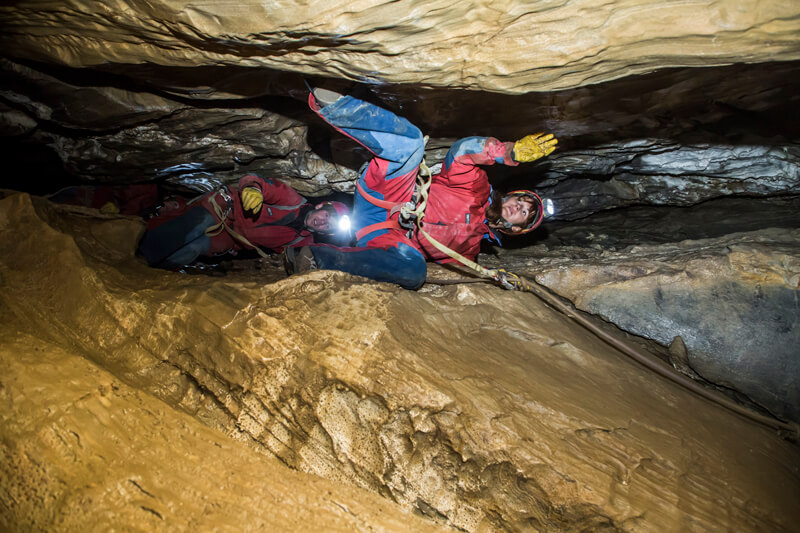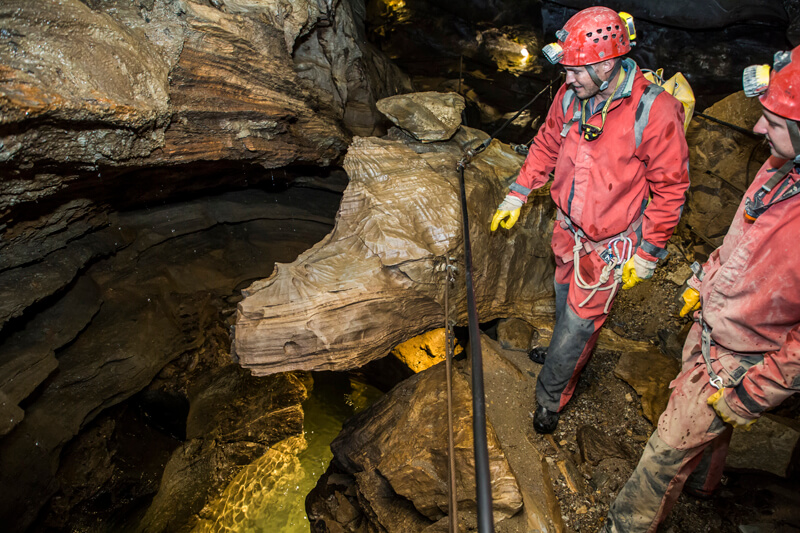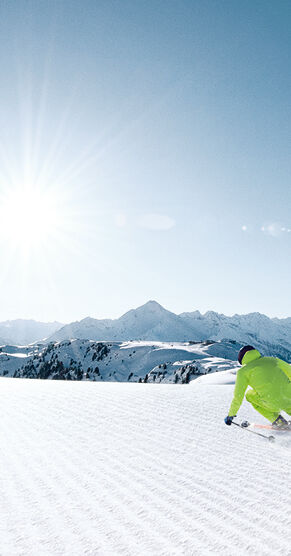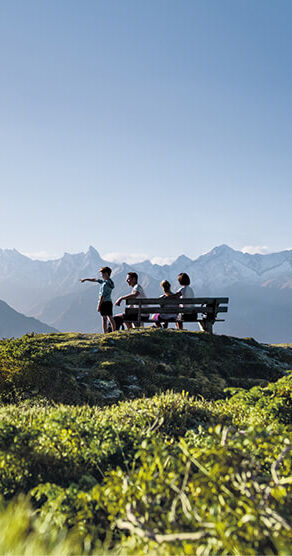
Stories from the mountain summer
Cave trekking
Adventure inside the mountain
The Spannagelhöhle cave on the Hintertux glacier is fascinating, thrilling, mysterious. And an unforgettable climbing experience for all daredevils who move through the narrow gorges.
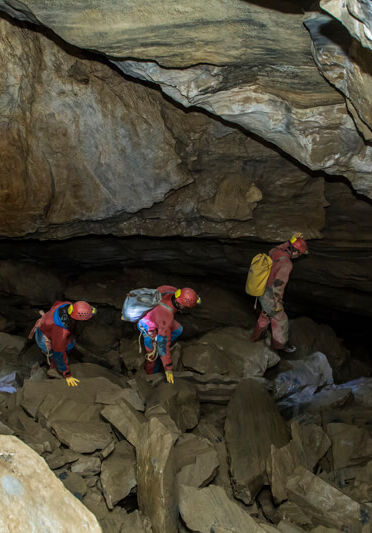
It is narrow, cold and dark. Drops of water are falling from the ceiling. They roll off the impregnated surface of my anorak and fall into the shaft beneath my feet. I watch them, count the seconds until they hit the ground. 21 … 22 ... splash. The distance to the ground must be about 20 metres there. Down there, it is probably even darker and wetter than up here. At the top is the “ÖTK-Schacht”, the largest shaft of the Zillertal Spannagelhöhle cave, at the bottom is a branched system of canyon and small tunnels that lead into the “Hermann Gaun Halle” – the destination of our tunnel trek today. But before you even stand in the ÖTK shaft, you first have to climb up to the Hintertux glacier. And the best way to do this is by cable car. Within a few minutes, it takes you from Tux im Tal up to the mountain station at an altitude of over 2,000 metres. From here, it is only a few steps down to Spannagelhaus, the entrance to the highest marble cave in Europe. A trekking tour feels a bit like being part of a search party from long forgotten times. With our thick working gear, the yellow headlamps on our helmets and the waterproof shoes on our feet, we look a bit like gold-seeking miners. Except that we don’t wear pickaxes and there are probably no gems awaiting us. Still, we are excited since none of us knows exactly what to expect inside the cave.
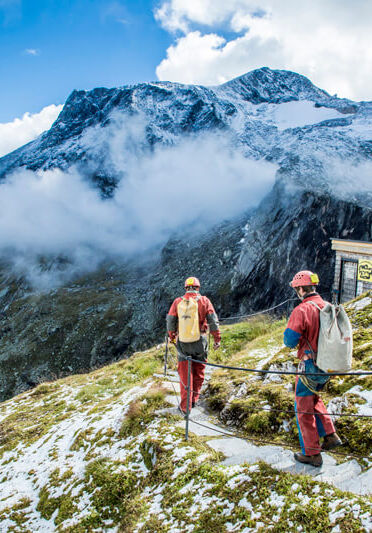
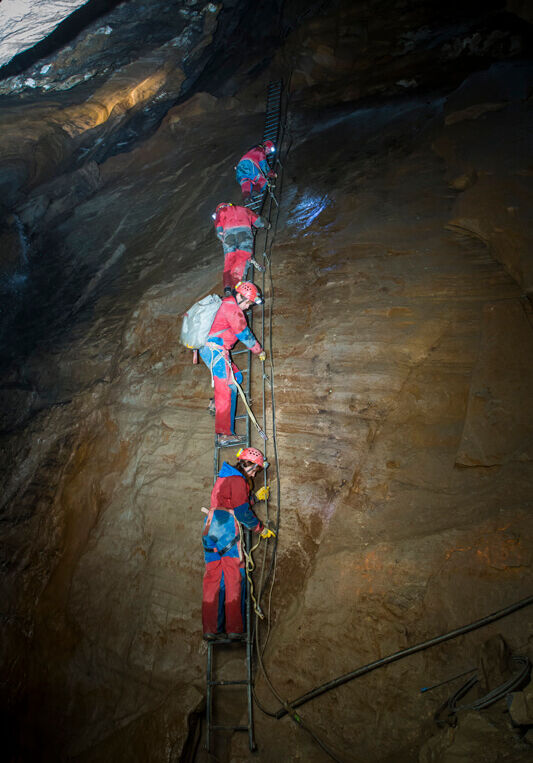
Guided tour through the show cave
Except for Christoph, our wiry guide from the Tuxertal valley, who has a long-standing relationship with the Spannagelhöhle: He has been working as a cave guide for over twenty years and has shown countless guests the large halls, narrow shafts and small passages of the cave over the years. So there’s no-one who knows the nearly-13‑kilometre-long Spannagelhöhle better than he does. We take the stone stairs down to the cave entrance, meander through a narrow passageway and finally enter the show cave: The cave tours take place in this approximately 500 metres large area. Here, Christoph accompanies the visitors through the impressive labyrinth of geological features such as stalactites and marble veins. But today we want to venture much further into the underground cave passages and follow Christoph across the suspension bridge into the “Halle der Vereinigung”. The ceiling lighting becomes increasingly dim and we climb left into the Kolkgang passageway at the “Postkastl”, a distinctive recess in the wall. Now it means headlamps on and down into the dark.
I brace myself with
my feet left and right
against the limestone walls –
below me the black void.
The Spannagelhöhle has been a protected monument since 1964, says Christoph when we enter the “Hannes Jodel Dom” – a cubically shaped hall made of stone and rock, named after its explorer. Christoph starts yodeling, the sound of his voice echoes through the room and gets lost in the passageways behind us. We continue to climb and hook into a wire rope using the carabiners of the via ferrata set. We descend deeper and deeper into the cave system until we finally see the ÖTK shaft below us. Christoph puts down his rucksack and continues with his story: “The cave was probably discovered at the beginning of the 19th century,” he says, handing out warm tea from his thermos flask. “But it was not until the 1970s that the cave below was explored thoroughly and guided tours through the 150 million year old marble layer have been offered since 1994.”
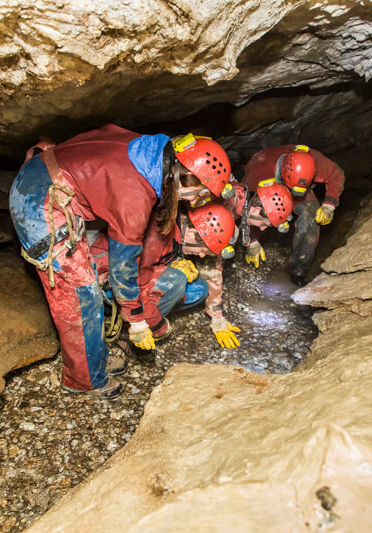
Tea flask packed up again, rucksack shouldered, carabiners hooked in again, and with great curiosity we climb down the 25 metre long iron ladder down into the shaft. Once we reach the bottom, we climb over large stone steps and small gravel hills. At one point we have to duck under a rock roof for a moment, then the room opens up and the mighty Hermann Gaun Halle unveils itself above our heads: Light brown marble veins can be seen on the walls, stalagmites protrude from the rock on the floor, and Christoph points to a heartshaped basin directly in front of us: a glacial mill. A hole about three metres deep in which the water of the cave stream has collected for thousands of years. We are now about 120 meters below the cave entrance.
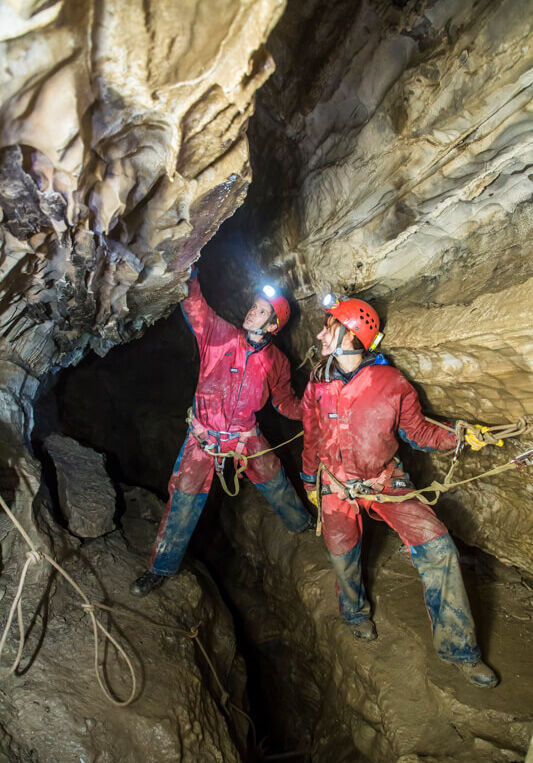
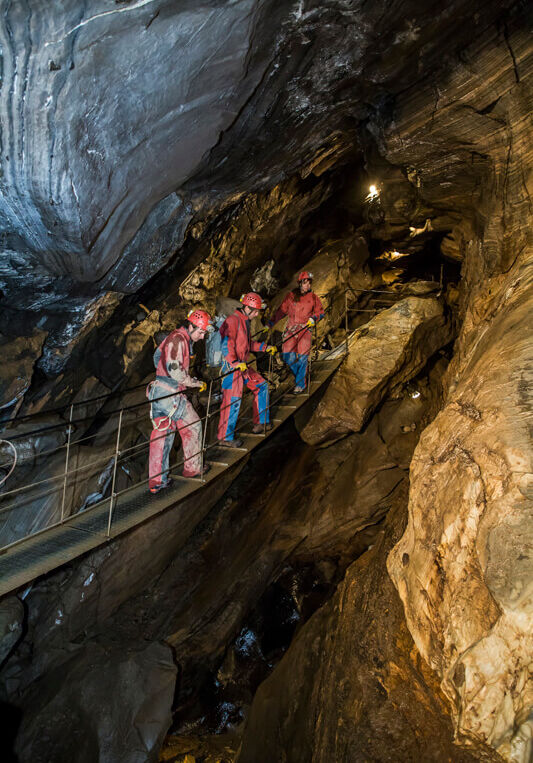
On all fours. “We don’t climb down much lower”, says Christoph now, but it does get quite a bit narrower still. And less than five minutes later, we find ourselves on all fours squeezing through a tubular narrow passage. You have to pull in your stomach in order to crawl through the narrow tunnel – a funny undertaking, as long as you don’t suffer from claustrophobia. After a few minutes of crawling, the rock walls open up again and we reach the “Spreizschlucht”. A wire-rope-secured tunnel without a bottom. I brace myself with my feet left and right against the limestone walls, hook the via ferrata set in and out twice – below me the black void. At the end of the climbing area, there’s the “Schläferhalle”, which served the former speleologists as a bivouac place. Here too, we take a break before we head back up to the top. We climb back up to the “Kolkgang” via an airy fixed rope route and follow the wire rope towards the exit. At the end of the tunnel, Christoph has planned a last impressive surprise for us. For a short moment, we switch off our headlamps and just follow our intuition through the dark corridor. It’s a little bit scary to grope through the dark like this, but incredibly exciting at the same time. After all, you don’t get to experience total darkness like this every day. And this is exactly what the cave adventure under the Spannagelhaus is all about: an adventure in the dark.
Image: Bernhard Huber and text: Robert Maruna
Zillertal magazine Sommer 2021
Even more stories from the Zillertal
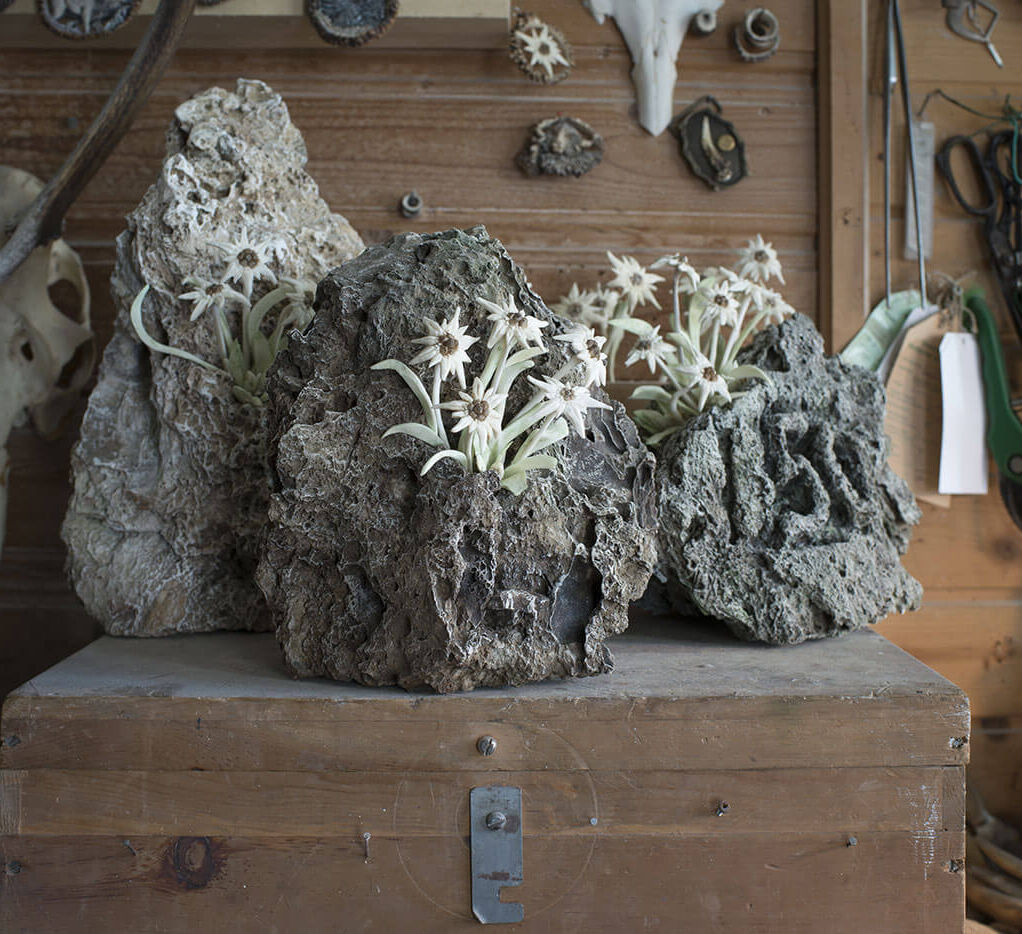
Carvings for all eternity
Thomas Rauch has a unique talent for an ancient craft: he turns deer antlers into beautiful little pieces of art. Here, he talks us through his method.
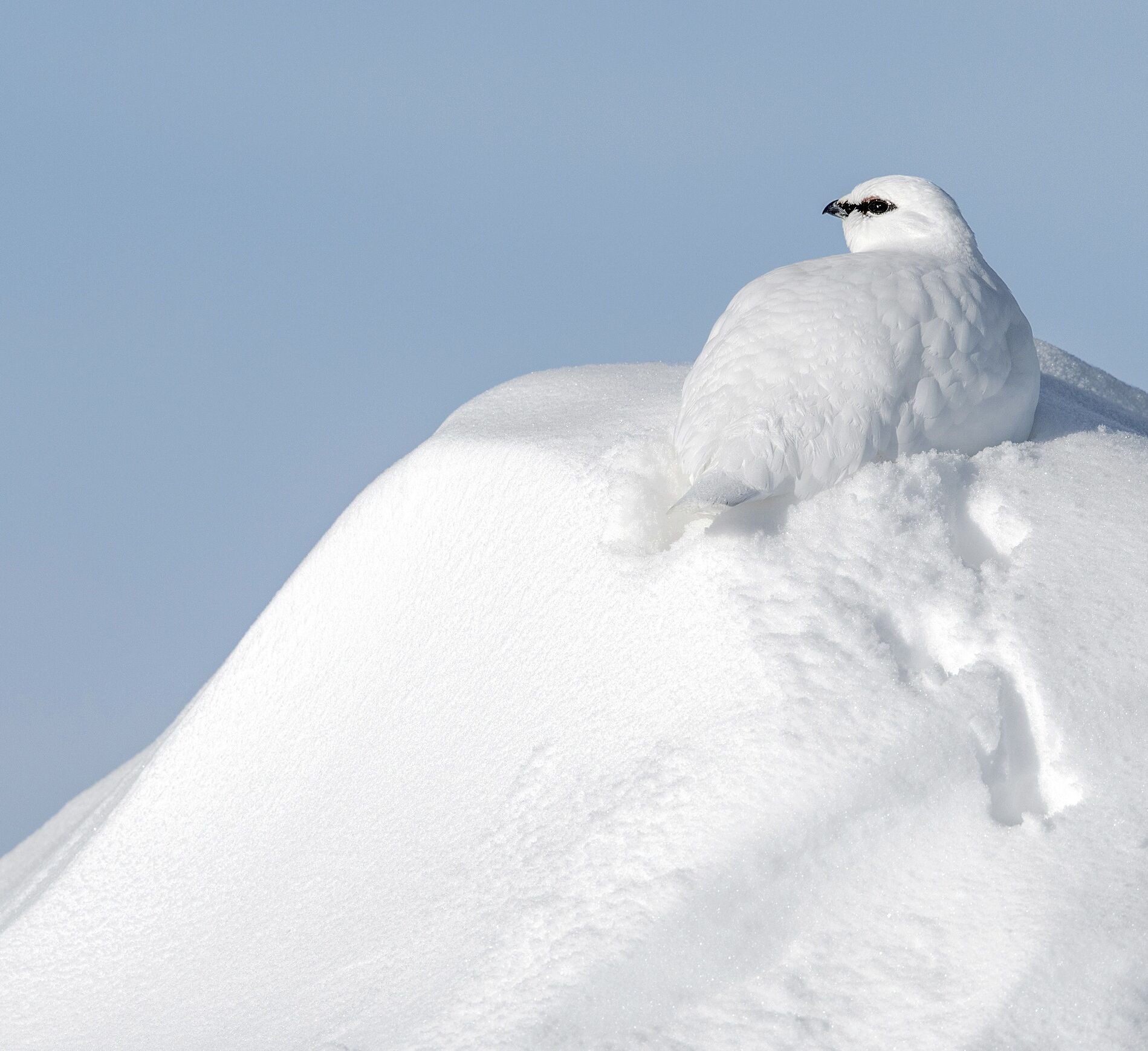
A snowball with a beak
The ptarmigan is an almost invisible bird that causes surprise high up in the Alps and to which Zillertal is dedicating its own research project.
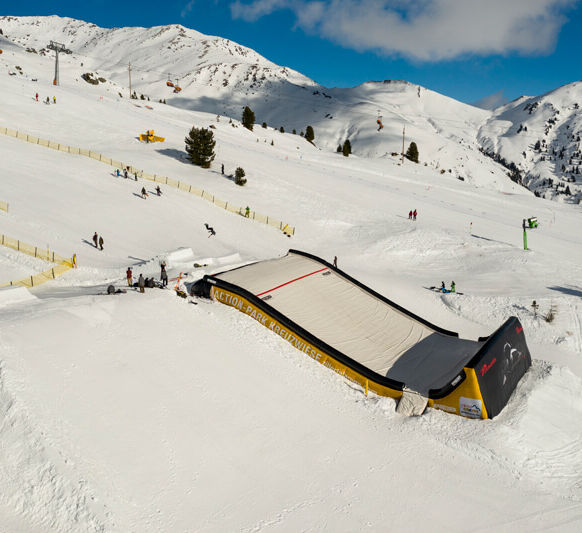
A hint of Hollywood
Ramp clear! A stuntman from the US film metropolis once did a test jump during the development of the landingbag. Today in the Zillertal Arena every jump artist can be a small star.
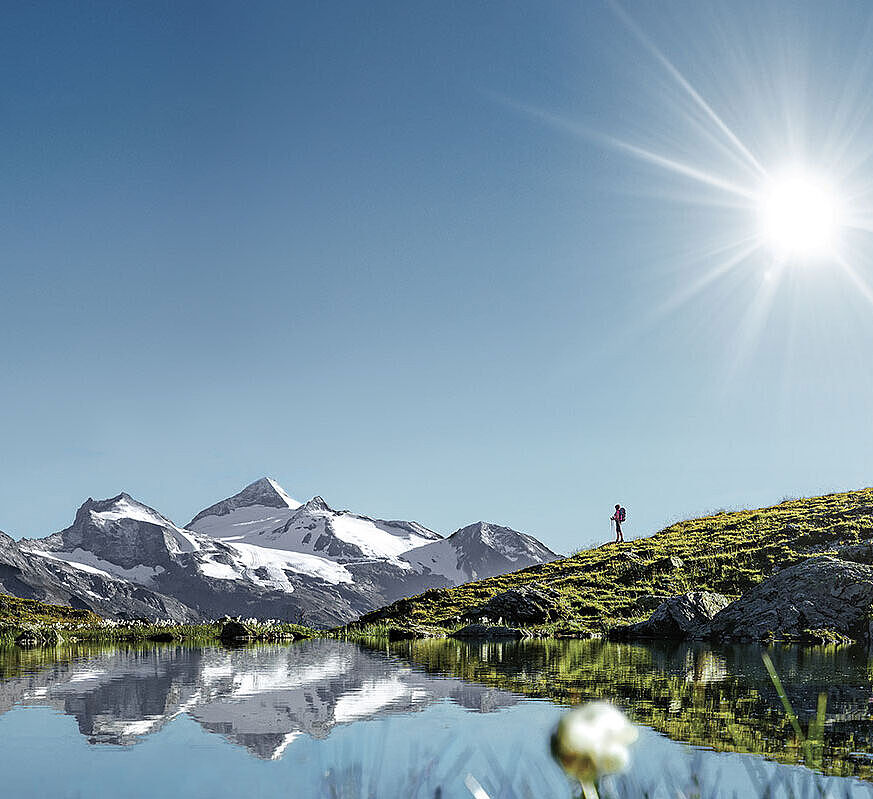
Zillertal
Welcome to Zillertal! Where sun, snow and well-being become the meaning of life and where great freedom tempts you to let go.
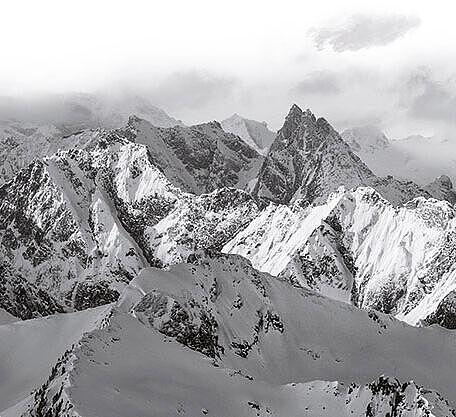
Zillertal Newsletter
Our newsletter provides you with great information about the Zillertal. Get the best seasonal tips, information from the ski resorts and about the summer mountain railways and much more.
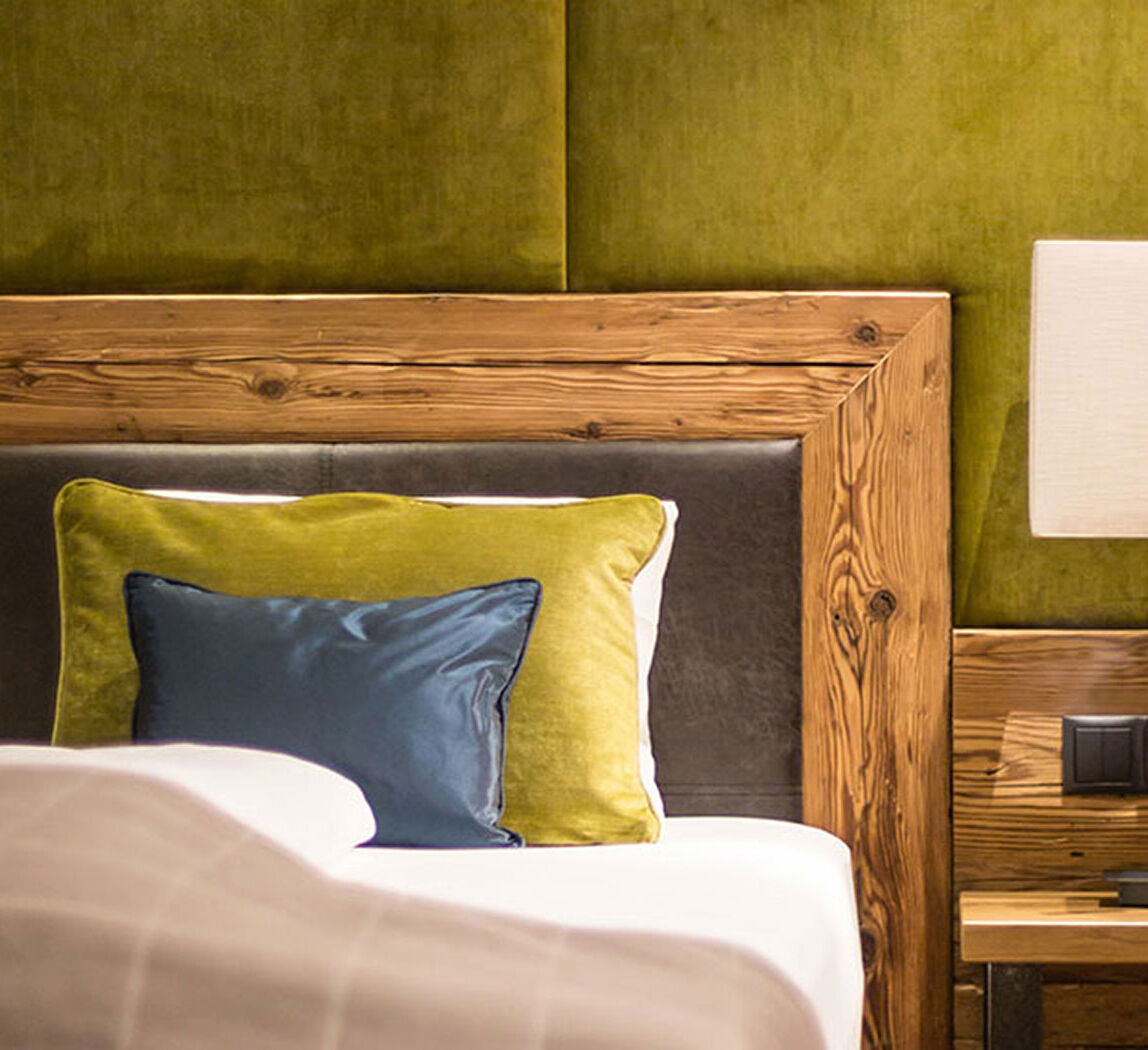
Hosts in Zillertal
Find the right accommodation for your perfect winter holiday in Zillertal – from cosy private rooms to luxury five-star hotels.
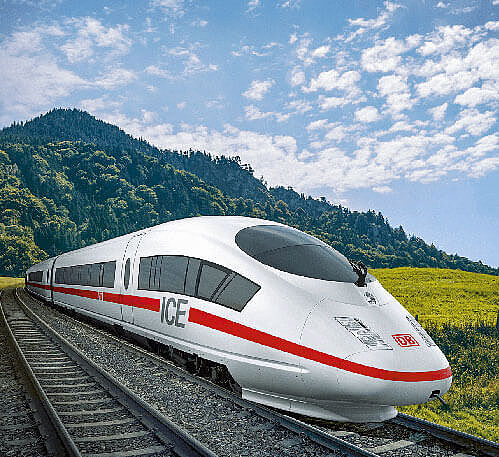
Getting to Zillertal
Zillertal is located in the west of Austria and is the widest of the side valleys on the south side of the Inntal Valley. Get to Zillertal safely and comfortably.
